‘Dwarf Covid and the GFC’: Tariff fallout could smash Aussie economy
The Australian economy is vulnerable to a recession larger than the global financial crisis on this simple act by China.
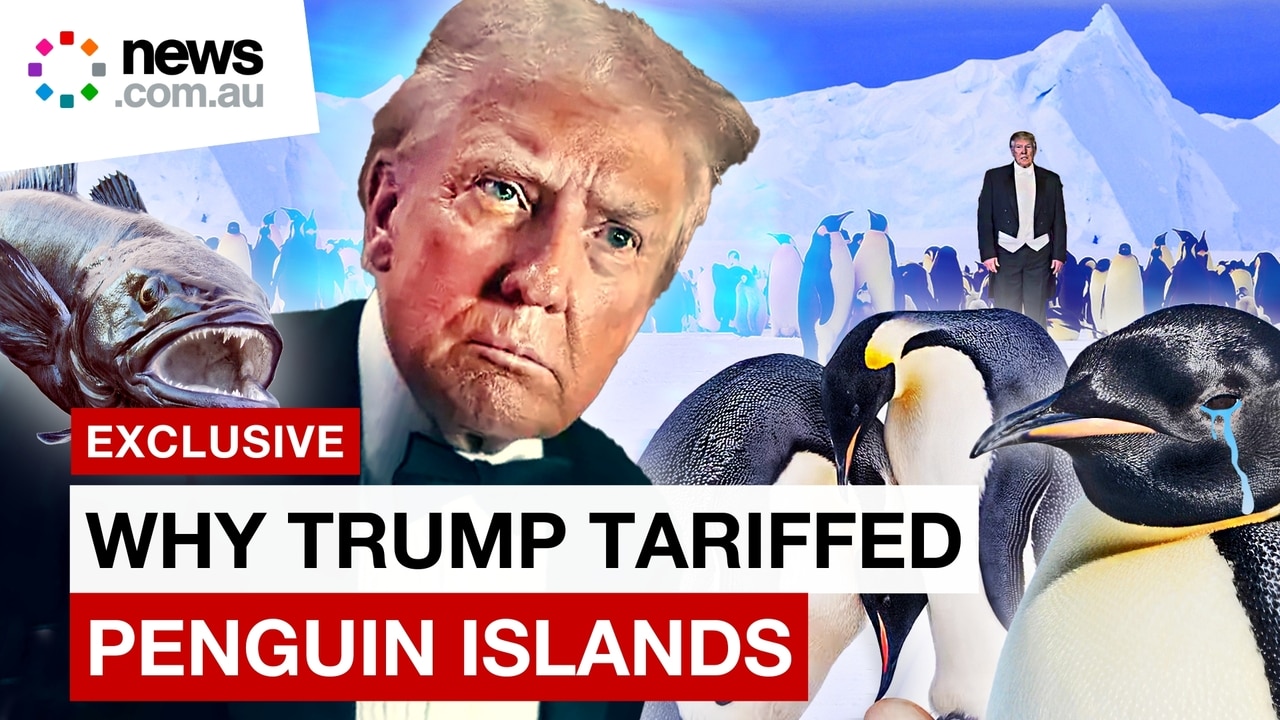
Australia’s economy could take a hit worse than the global financial crisis or Covid if the geopolitical tensions between China and the US continue.
As the two superpowers vow “to fight until the end”, Australia could be stuck in the middle.
US President Donald Trump has implemented tariffs of 145 per cent against Chinese imports.
In what has become a tit-for-tat trade war, China has added its own tariffs, which now sit at 125 per cent, on US imports.
IG market analyst Tony Sycamore sounded the alarm of what the potential trade war could mean for Australia.
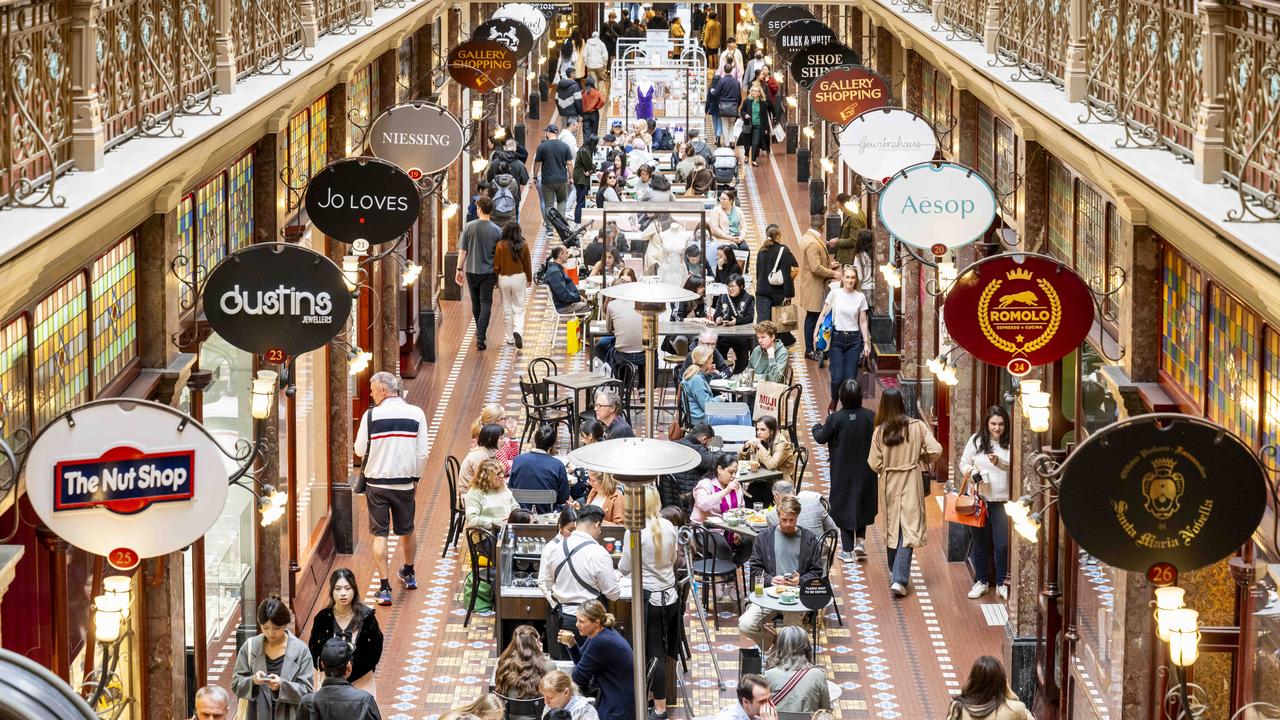
“At the risk of sounding dramatic, we are on the verge of seeing the two largest economic and military superpowers collide at high speed, with Australia caught squarely in the middle,” Mr Sycamore said.
“If current lines hold, the fallout has the potential to dwarf the economic impact on the Australian economy felt during the GFC and Covid.”
The tariff fallout has not been missed on the Australian market, which sank by 2.71 per cent over the last 7 days to April 11, with about $71 billion wiped out by close of trade on Friday, following days of volatility.
Mr Trump’s announcement of reciprocal tariff policies, which added between 10 per cent and 50 per cent on goods imported to the US, sent shockwaves around the world.
While Australia was spared the worst of it, receiving a 10 per cent tariff, our major trading partners will face the brunt of Mr Trump’s tariff plans.
China was hit with a 34 per cent tariff on “Liberation Day”, adding to 20 per cent tariffs already in force.
They hit back at the US policy with a 34 per cent tariff of their own.
On Wednesday, Mr Trump announced an extra 50 per cent tariff against China, bringing total penalties against the nation to 104 per cent.
China’s President Xi Jinping was bullish in the face of tariffs, saying the country continued to grow after the 2018 tariff policy.
“China’s economy is an ocean, not a small pond,” he said.
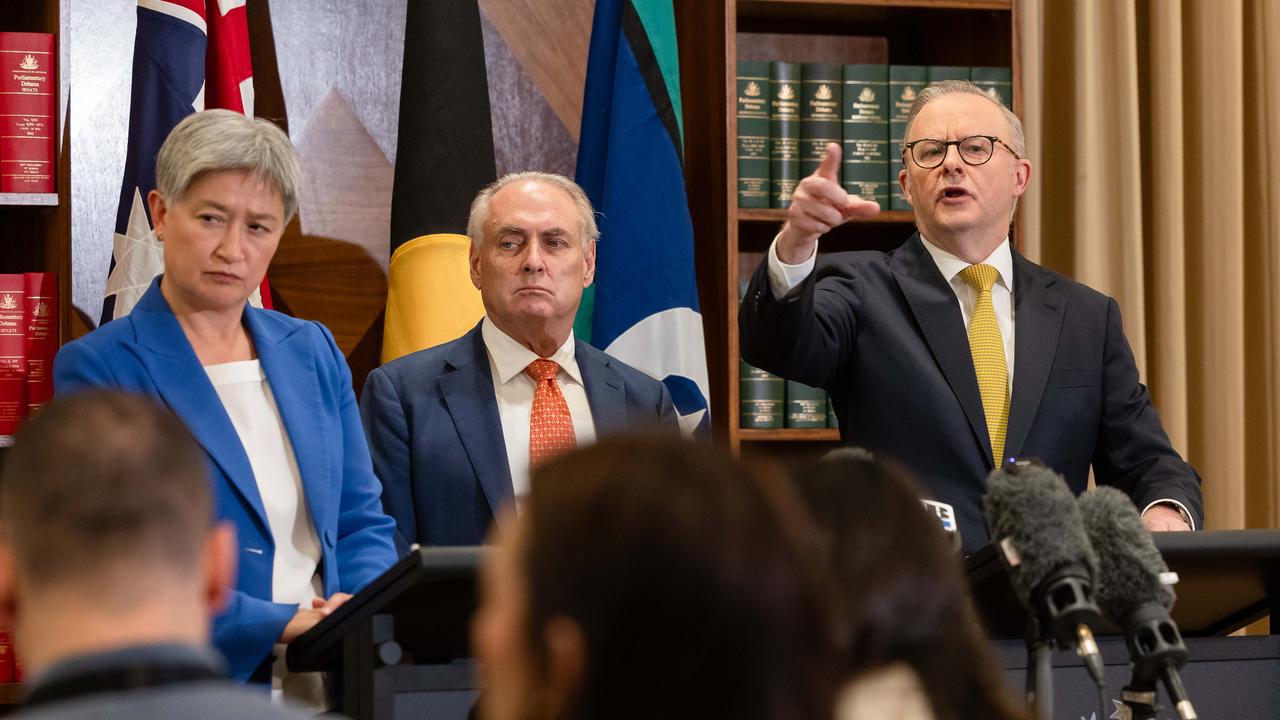
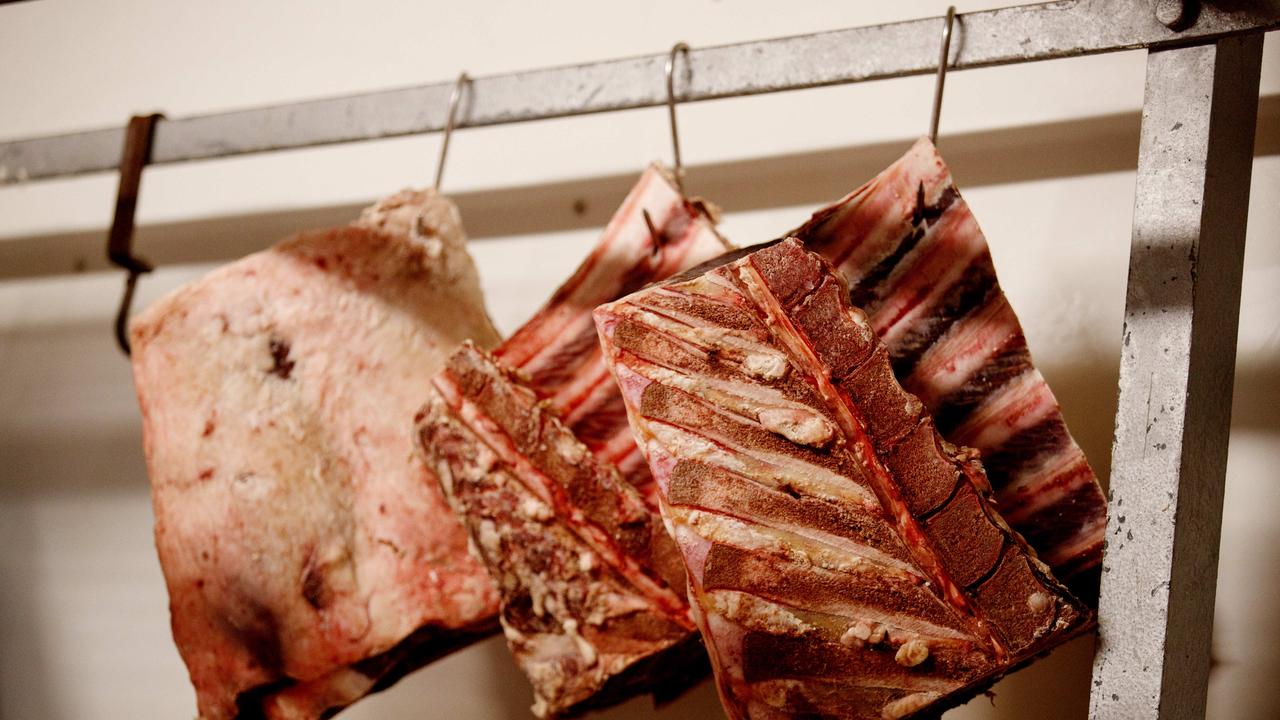
It is these second order impacts that Mr Sycamore said could sink the Australian economy.
Independent economist Saul Eslake said the US tariffs could be a deliberate ploy to hurt China, Vietnam, Japan, South Korea and Indonesia.
“The US is clearly out to inflict economic damage on countries that represent more than half of our trade, including China at 36 per cent of our exports,” Mr Eslake said.
“To the extent that works and the Chinese, Japanese and Koreas can’t sell as much stuff to the United States as they otherwise would, then they will probably buy less of the things they buy from us that they use in making that stuff, including coal, LNG and iron ore.”
Mr Eslake said this would be a double whammy on the Australian economy, as it would lead to lower commodity prices and lower volumes sold.
Anthony Albanese responded to the comments on Wednesday morning, again labelling the 10 per cent tariff an “act of economic self-harm”.
”The fact is that what he’s drawn attention to what I have been saying consistently and what I have said very directly to President Trump, which is the United States has a trade surplus with Australia,” the Prime Minister said.
“They’ve had that since the Truman presidency.”
Hidden impact of Trump’s tariffs
Aussie households are likely to compound the issue by behaving like they are in a difficult economic situation, even if nothing has directly changed for them.
This changing behaviour is already showing up in early April.
Australia’s consumer confidence tumbled in April to a six-month low as Mr Trump’s global tariff policy sank the stock market, hitting household sentiment hard.
Confidence has dropped by 6 per cent to 90.1 points, according to the latest Westpac-Melbourne Institute survey.
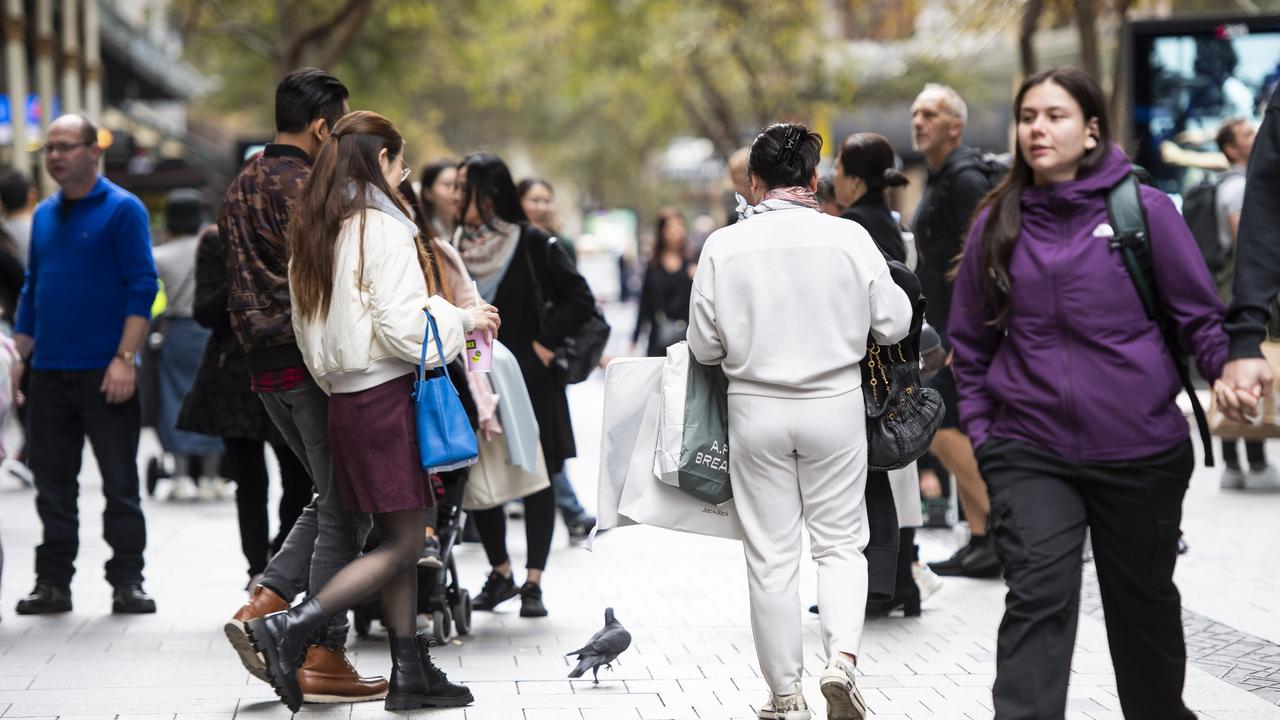
Westpac head of Australian macro-forecasting Matthew Hassan told NewsWire the massive sell-off in the domestic and international markets could spook Australians into spending less.
“That has a knock-on effect on how Australians feel about their finances, and that, in turn, can see spending effectively directly in Australia,” he said.
The Westpac-Melbourne Institute survey showed family finances versus a year ago subindex recorded a sharp decline of 8.5 per cent, the weakest levels since the stage 3 tax cuts were implemented in July last year.
On housing, the “time to buy a dwelling” index dropped 6.5 per cent to 85.7, unwinding all of the rate cut-related rally over the previous three months.
But Mr Hassan said the falling consumer sentiment needs to be kept in perspective.
“We’re still as far as consumer confidence goes materially better than we were through the bulk of the cost of living crisis,” Mr Hassan said.
“So I think that’s why it’s a source of unease at this stage and there’s a risk of more weakness, but it’s not a flashing big large alarm.”
More mortgage pain for households
Struggling mortgage holders could also get washed up in Mr Trump’s tariff plans.
Mr Eslake said the narrative around a larger rate cut in May due to the tariff threats was unlikely to come into fruition.
According to the economist, Australia’s weaker dollar on the back of the geopolitical fallout will stop the Reserve Bank of Australia from having an outsized rate cut.
The RBA cut interest rates during its February meeting by 25 basis points before holding interest rates in April at 4.10 per cent.
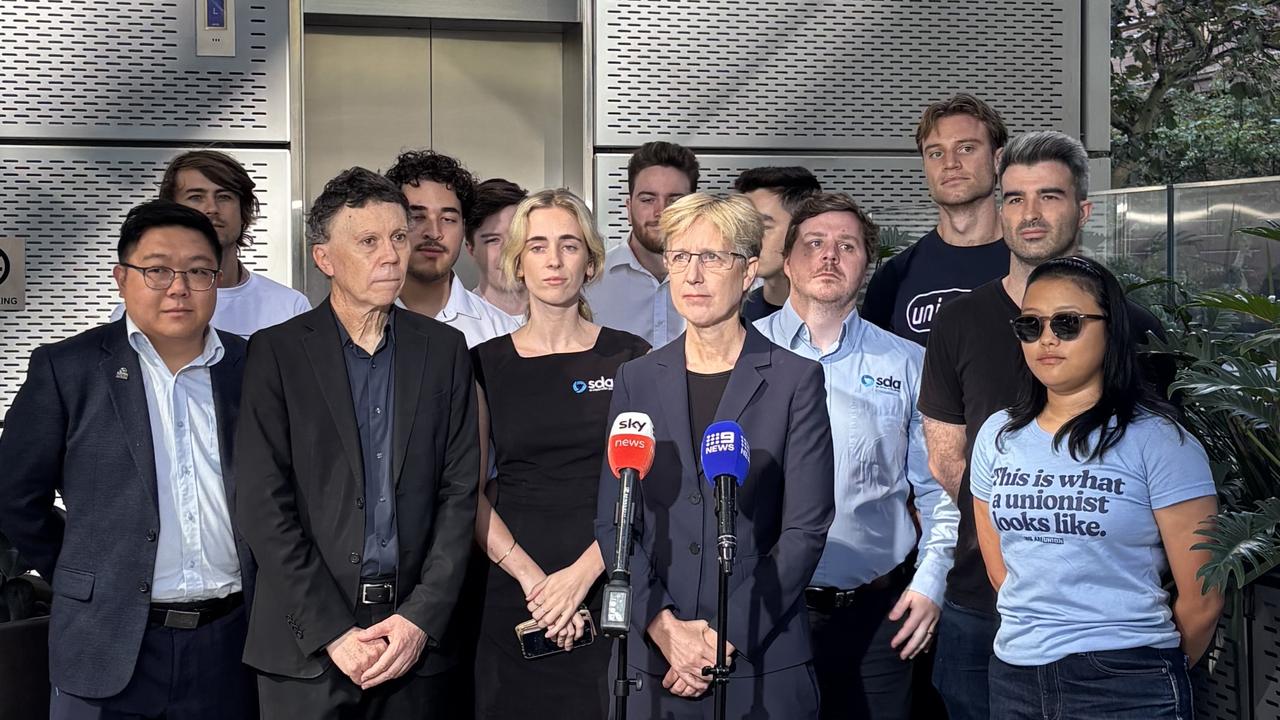
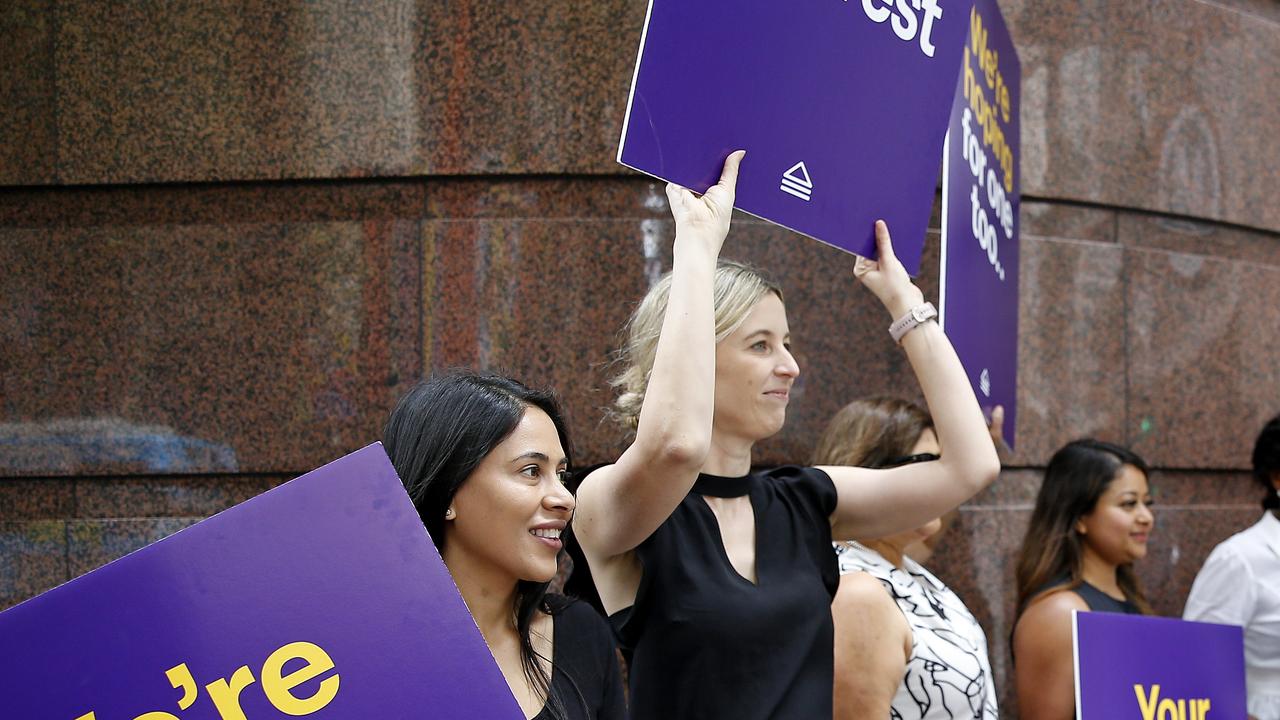
“Remember when the currency drops by 10 cents, that means that everything we import is 10 per cent more expensive,” he said.
“There’s not much difference between that and having another 10 per cent tariff, is there?
“So it is potentially inflation, and that, in turn, means that all this talk about there being four rate cuts or a mega rate cut on the 20th of May is, I think, all a bit far-fetched.”
Despite Mr Eslake’s comments, all four major banks are calling for larger rate cuts.
ANZ became the latest bank forecasting four 0.25 per cent interest rate cuts by the end of the year.
A variable rate borrower with a $500,000 home loan could see their monthly repayments drop by about $76 under this scenario, while a borrower with a $1m loan could see a reduction of $153.
According to ANZ head of Australian economics Adam Boyton, the bank cannot “rule out” the RBA reducing the cash rate by 50 basis points as it looks to renew confidence in the market following Mr Trump’s tariffs.



